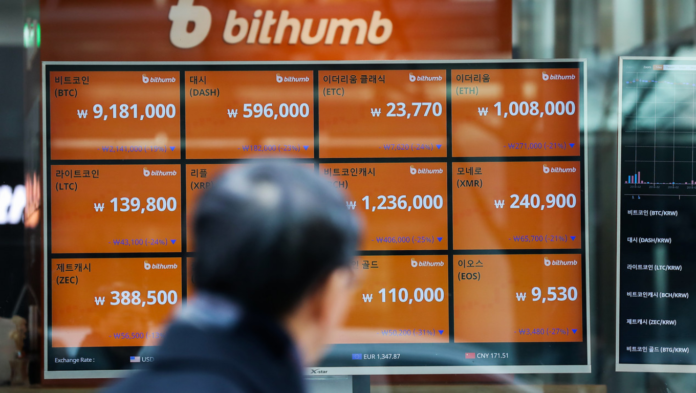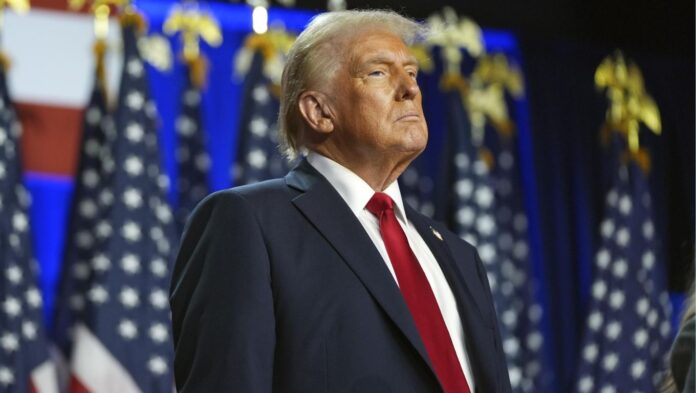The Ethereum network has experienced a remarkable surge in value following the successful deployment of its Pectra upgrade on May 7, 2025. Within just five days, Ether’s market capitalization soared by 42%, catapulting Ethereum ahead of major global brands like Coca-Cola and Alibaba to become the 39th-largest asset worldwide. This dramatic price increase, which lifted ETH from approximately $1,786 to $2,550, underscores the market’s recognition of the substantial improvements introduced by the Pectra upgrade.
Understanding the Pectra Upgrade
Pectra represents Ethereum’s most significant update since the landmark Merge in 2022. It is a comprehensive hard fork that merges two critical development phases: the Prague execution layer and the Electra consensus layer. This sophisticated upgrade bundles 11 Ethereum Improvement Proposals (EIPs), designed to enhance scalability, staking, wallet functionality, and transaction efficiency across the network.
After an extended testing period with multiple testnets—Holesky, Sepolia, and a custom “Hoodi” network—the upgrade was activated smoothly, marking a pivotal milestone in Ethereum’s evolution towards a more user-friendly and scalable blockchain ecosystem.
Key Features and Improvements
The Pectra upgrade introduces several transformative features, including:
- Account Abstraction: One of the most pivotal changes enables externally owned accounts (EOAs)—the typical user wallets—to pay gas fees using tokens other than ETH. This innovation simplifies user experience and opens the door to more flexible transaction models and wallet interactions.
- Increased Validator Stake Limit: The upgrade raises the maximum amount of ETH that can be staked by a single validator from 32 to 2,048 ETH. This major boost is designed to streamline staking operations by allowing larger stakers, including institutions and large-scale operators, to consolidate multiple validator roles into fewer nodes. This change can improve network efficiency and reduce operational complexities for validators.
- Enhanced Layer-2 Throughput: Pectra increases the network’s capacity to process more layer-2 data blobs per block. Layer-2 scaling solutions are vital for managing Ethereum’s transaction load efficiently and reducing fees, and this upgrade significantly boosts the network’s ability to handle these data bundles.
- Staking and Withdrawal Flexibility: Building on the foundations set by earlier upgrades, Pectra introduces further refinements that improve validator operations and staking withdrawal processes, contributing to a more robust and user-friendly staking environment.
Market Impact: ETH’s Price Surge and Ranking Leap
The immediate aftermath of the Pectra upgrade saw a sharp appreciation in Ether’s price, climbing more than 40% in less than a week. This rally boosted Ethereum’s market capitalization to over $308 billion, surpassing iconic global companies like Coca-Cola and Alibaba in valuation. This milestone reflects growing confidence in Ethereum’s technological roadmap and its resilience in the face of competition from other blockchains.
Ethereum’s ability to innovate continuously with upgrades like Pectra reinforces its position as the leading smart contract platform and a critical driver in the broader cryptocurrency ecosystem.
Security Considerations and Risks
Despite the plethora of enhancements, the Pectra upgrade also introduces new complexities and security considerations. A notable concern among security professionals is the introduction of a new transaction type that leverages off-chain signatures. This approach, while innovative, may expose wallets to potential exploits if attackers exploit these mechanisms to gain unauthorized control and deplete wallet funds.
This highlights the ongoing challenge faced by blockchain developers: balancing innovation and enhanced functionality with rigorous security standards. Users and developers must stay vigilant and adopt best security practices as the new features roll out.
The Road Ahead for Ethereum
Pectra is not an isolated improvement but part of Ethereum’s broader roadmap toward enhanced scalability, user experience, and security. It follows previous significant upgrades like the Merge, Shapella, and Dencun, each building critical infrastructure for future enhancements such as proto-danksharding and more efficient data availability solutions.
The upgrade also occurs amid rising competition from faster blockchains such as Solana, which have attracted fresh developer interest. Ethereum’s ability to maintain its network effects and developer base depends heavily on delivering these upgrades seamlessly and addressing ecosystem concerns.
Conclusion
The successful launch of the Pectra upgrade marks a defining moment for Ethereum, showcasing the network’s commitment to evolution and innovation. By increasing staking limits dramatically, enabling gas payments in tokens beyond ETH, and expanding layer-2 data capacity, Ethereum has fortified its infrastructure for wider adoption and scalability.
The rapid market response, as seen in the 42% spike in Ether’s market cap and its surpassing of globally recognized companies, signals a renewed investor confidence in Ethereum’s long-term vision. However, the new attack surfaces introduced remind us that blockchain upgrades carry inherent risks that must be managed carefully.
Ethereum’s journey to becoming faster, cheaper, and more user-friendly continues, with Pectra setting a new benchmark. As the ecosystem matures, it remains essential for stakeholders to navigate these advancements with both excitement and prudence, ensuring the network’s security and growth go hand in hand.
























